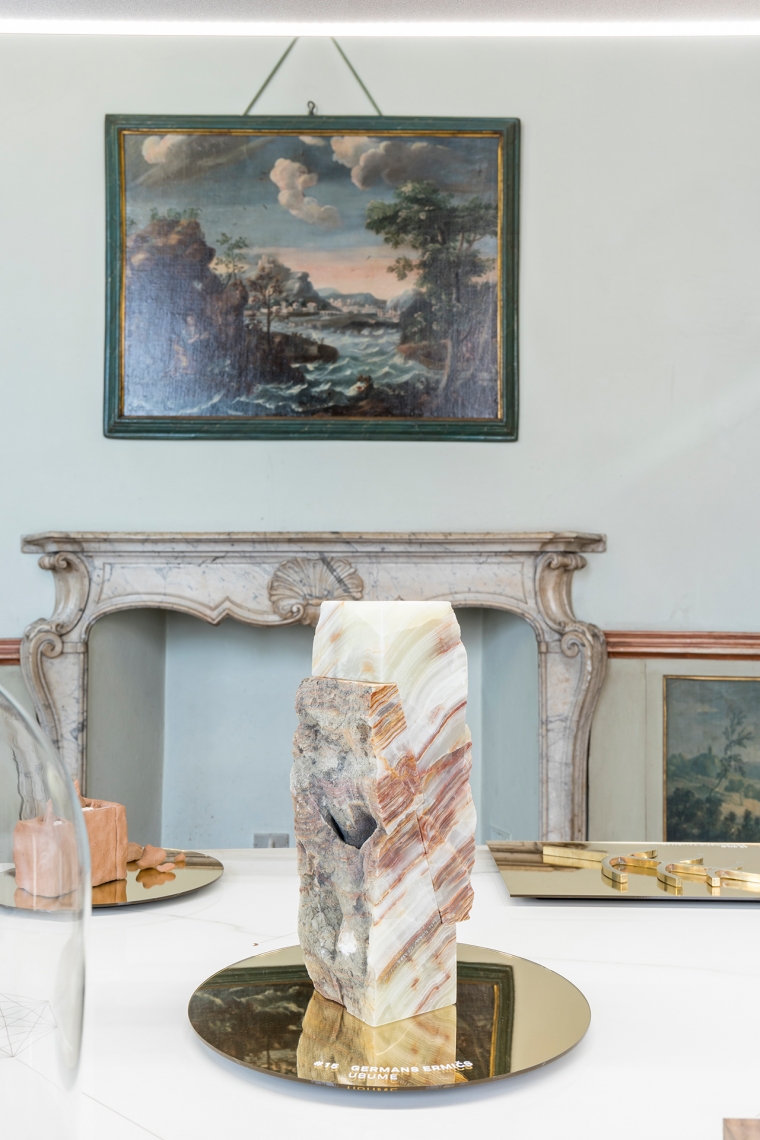Design is Fiction
Alexandra Midal
You have probably seen, here or there, a camp creature torn between the silence of the individual who cannot express him/herself and the chitchat of the prolific marionette: it is the ventriloquist’s dummy. Beyond this obvious and classic metaphor, Alexandra Midal claims in this lecture, presented by maat in the context of The Daily Post-Truth project by the Faculty of Fine Arts, University of Lisbon, that fictional speech conveyed by inanimate design, objects, furniture, dummy or MacGuffin, is essential. More precisely, Midal declares that fiction gives voice to the critics of design, especially because it is a necessary and opaque lure.
Not only design speaks, but when intertwined with fiction, it becomes a valid and powerful instrument of critic that delivers political issues, in disguise.
Alexandra Midal
|
Alexandra Midal is an independent curator and a film essayist. Professor in design at HEAD — Geneva, she combines curating with research in visual culture with exhibitions, films, and books. She has curated several shows in museums worldwide: MUDAM (Luxembourg), Wolfsonian (USA), ADAM (Belgium), MAMC (Japan), CAPC (France), etc. Since 2009, she has set up a critical perspective on the history of ideas in a novel visual theory project that manifests itself as films and as The Design Film Festival in New York, Geneva, Istanbul, London… Her most recent book is entitled Design by Accident: For a New History of Design (Sternberg Press, 2019). |
The Daily Post-Truth is a joint project between the Communication Design Department of the Faculty of Fine Arts, University of Lisbon, and maat, developed within the scope of maat Mode 2020 programme. The project is motivated by a renewed interest in fiction, within artistic practices and design in particular, as one of the discursive modes that is best able to restore a sense of reality in an age governed by post-truth. Within this context, the newspaper, as one of the media that most evidently suffered the effects of disinformation, becomes prone to appropriation and recuperation. By creatively exploring this publishing model in crisis, while focusing on the tensions between truth and post-truth, fiction and reality, “The Daily Post-Truth” proposes the development of its own newspaper, through a sequence of four different stages. |
|
|
The Daily Post-Truth uses fiction as a motto for a speculative and critical design practice, which seeks to question the tenets of the dissemination of disinformation in the post-truth era. |








